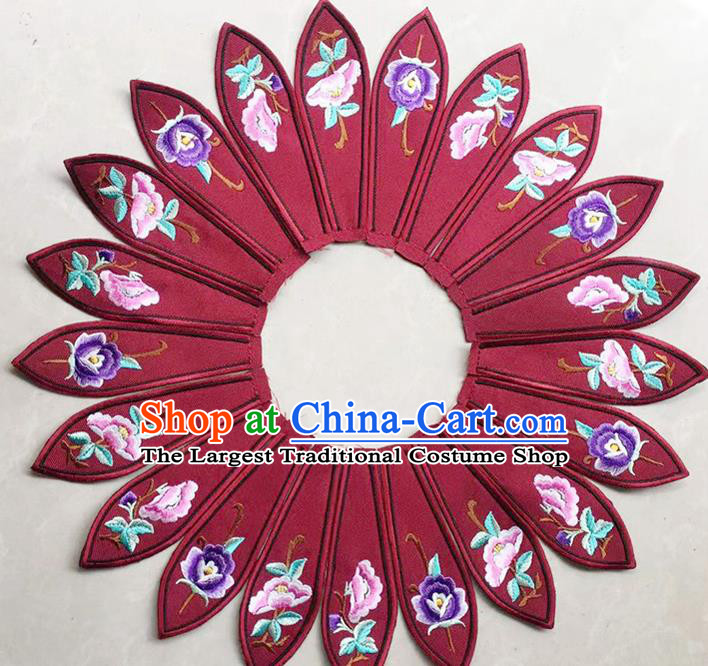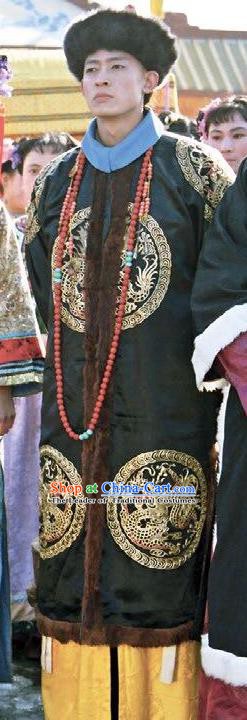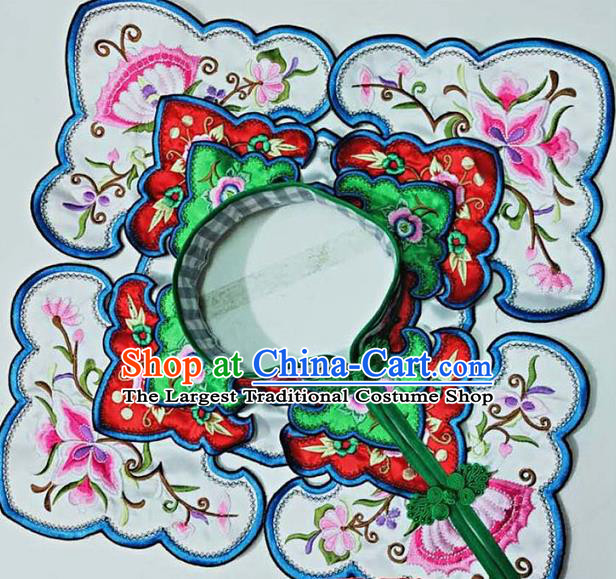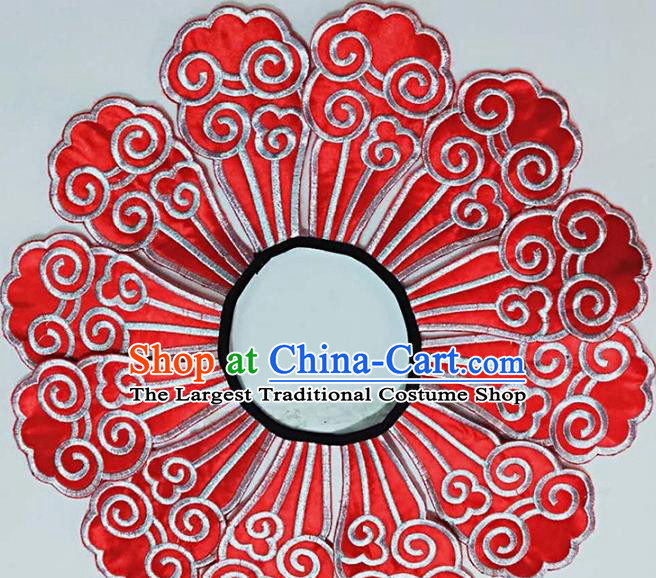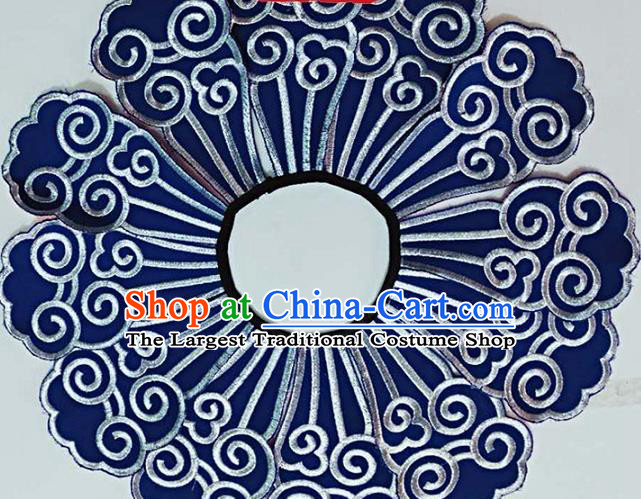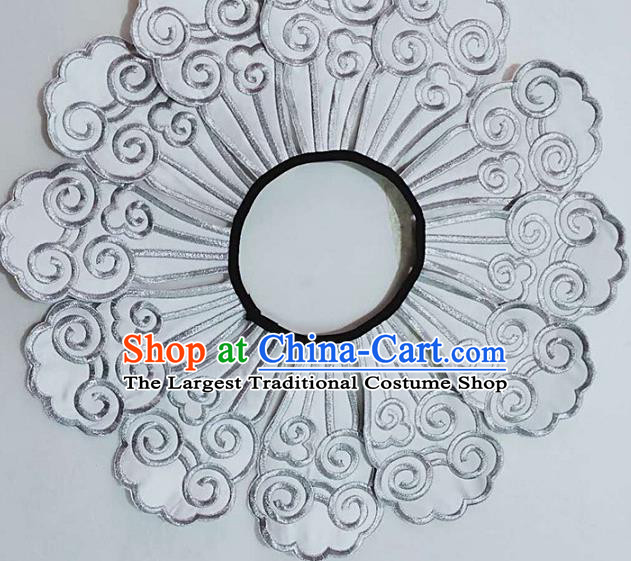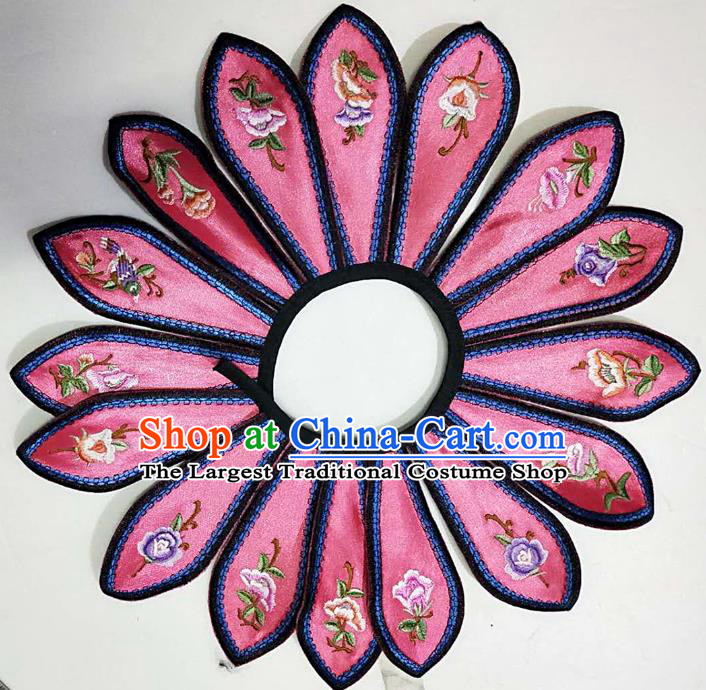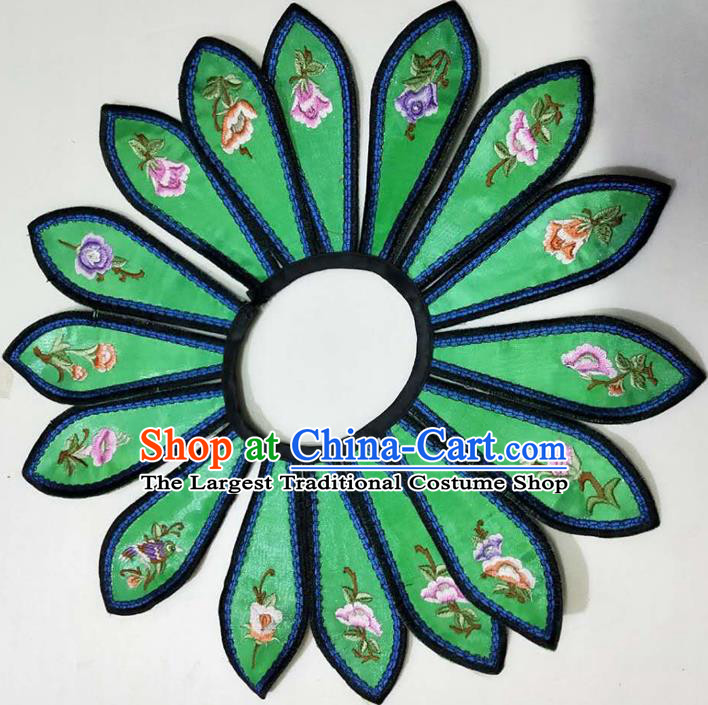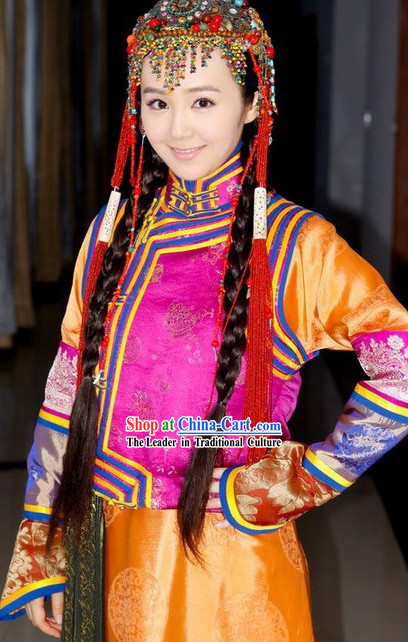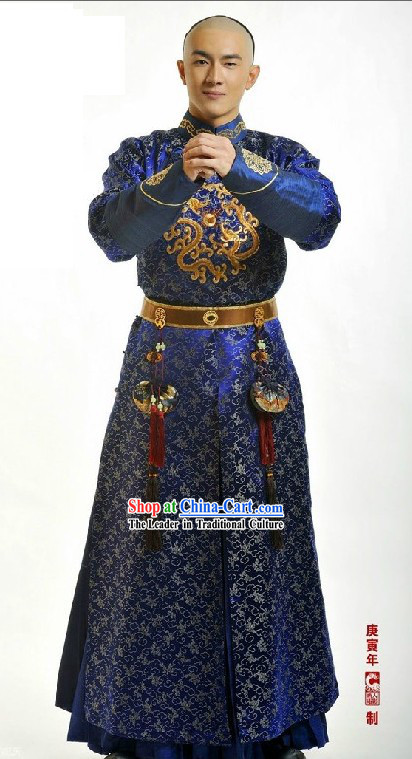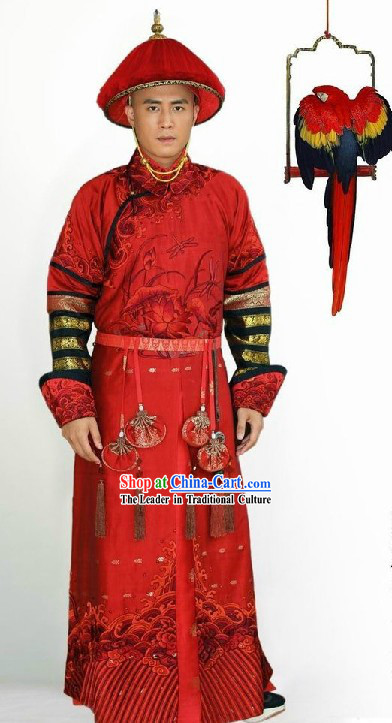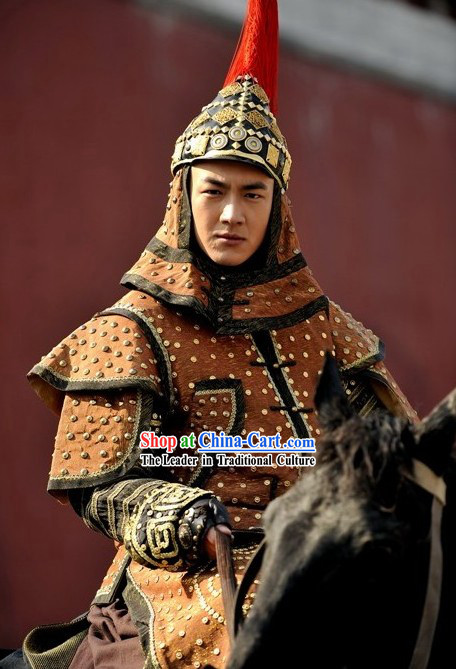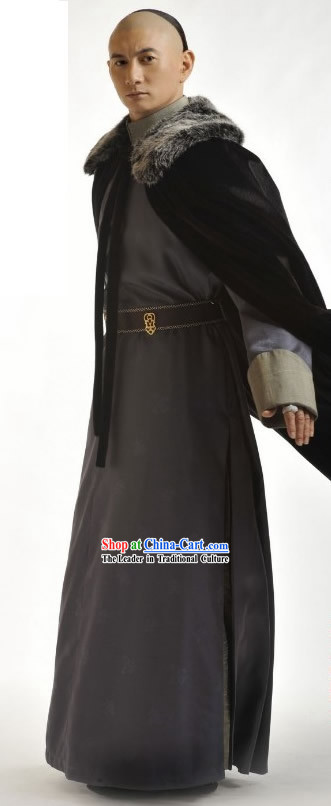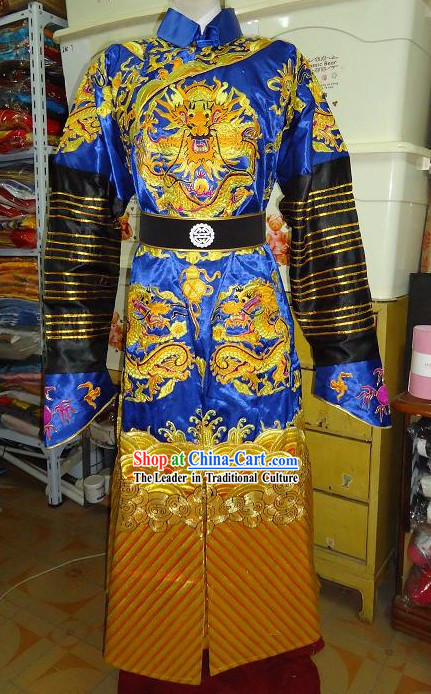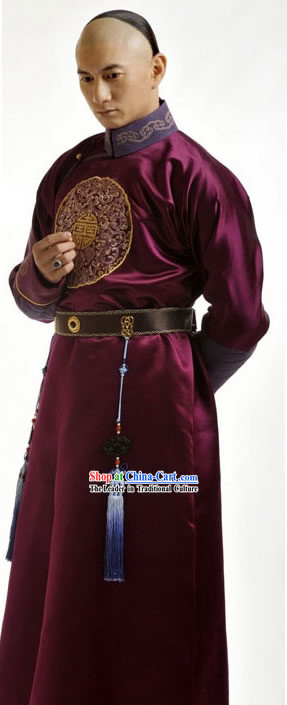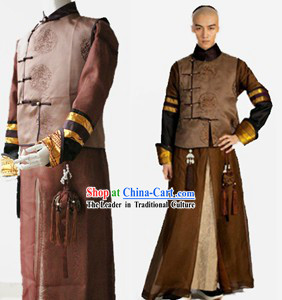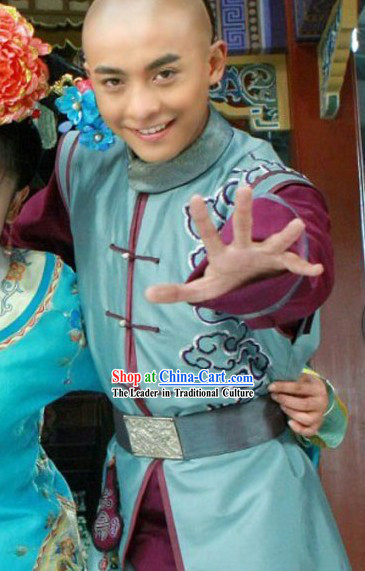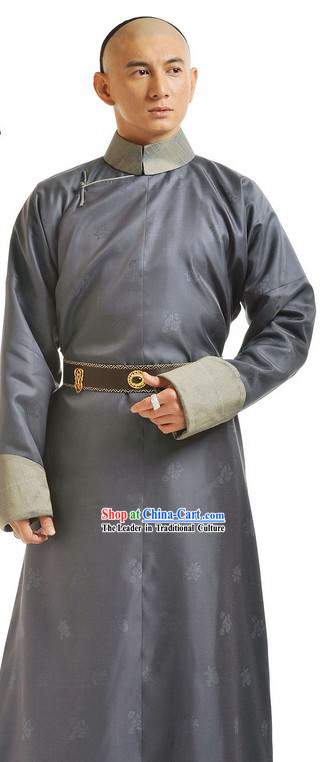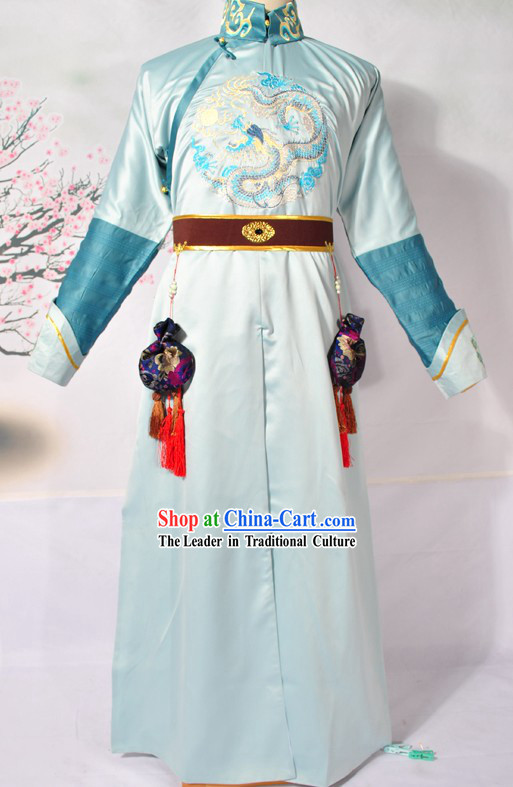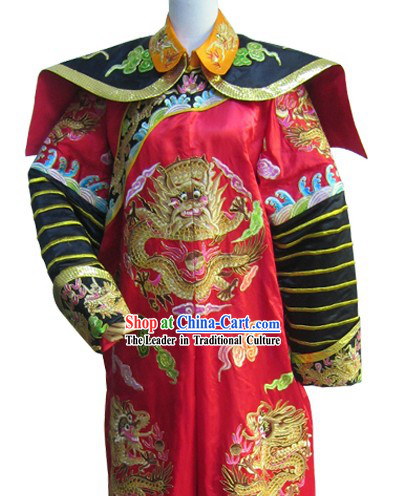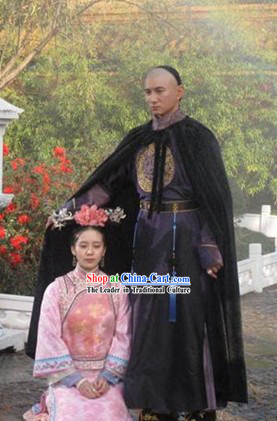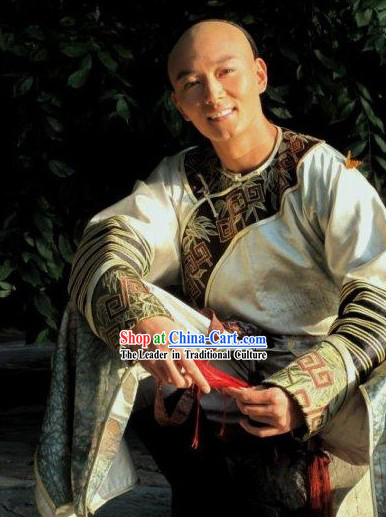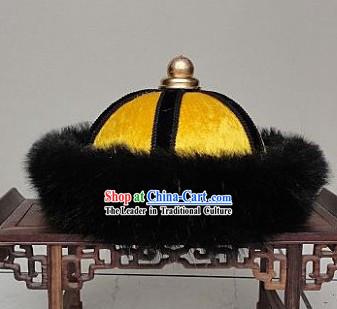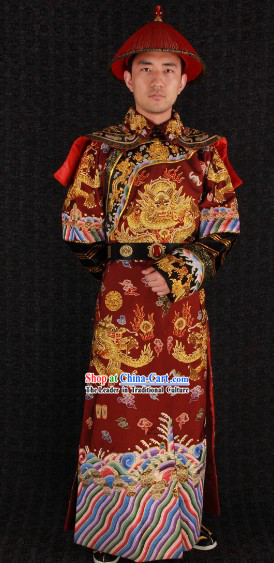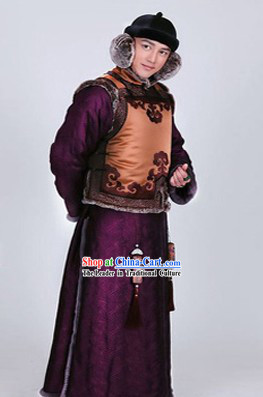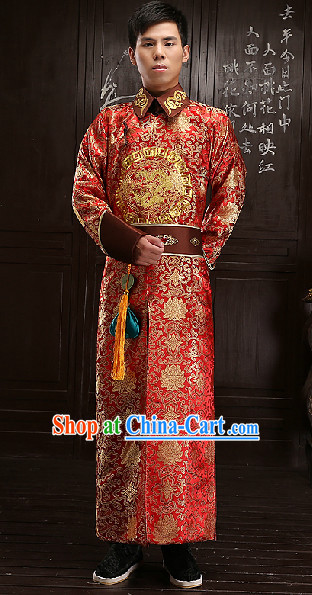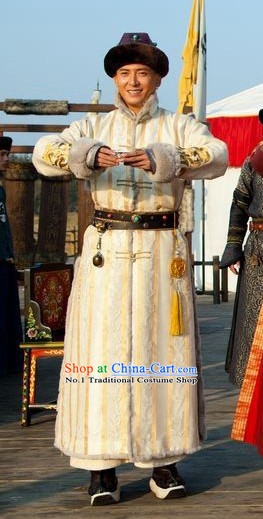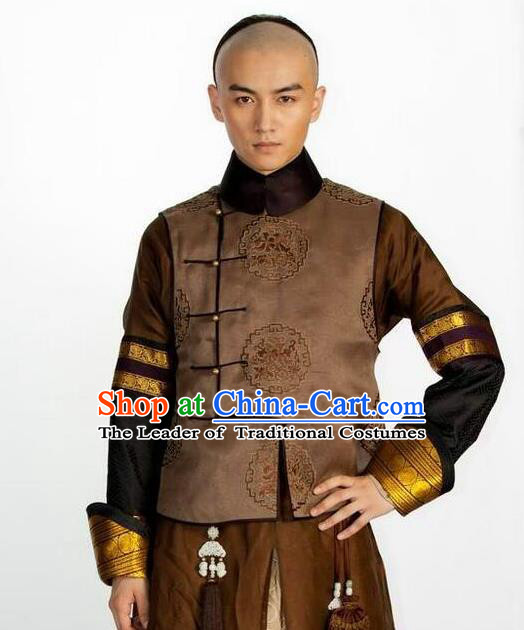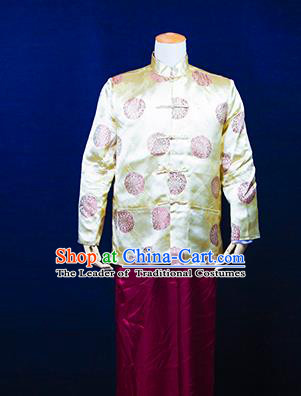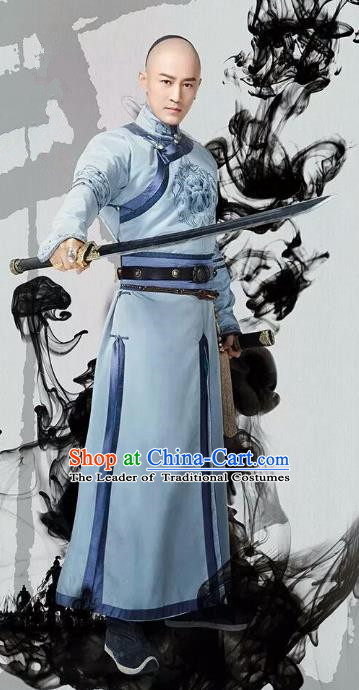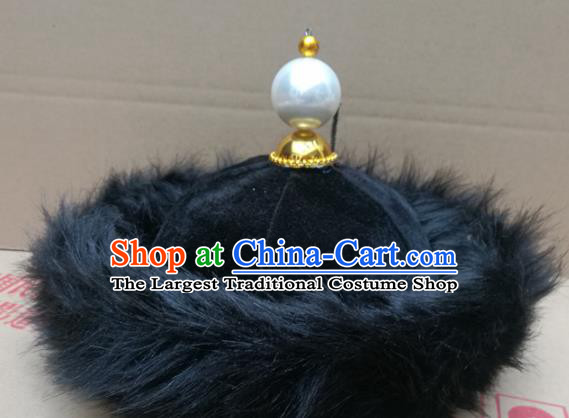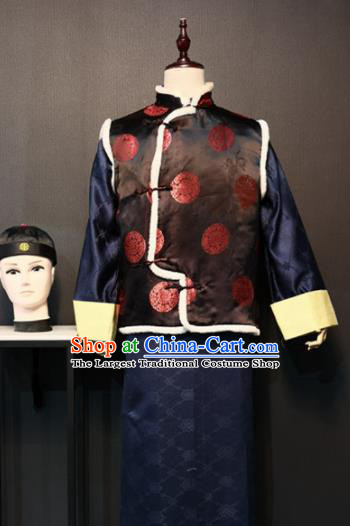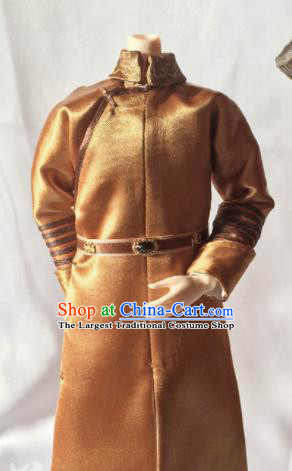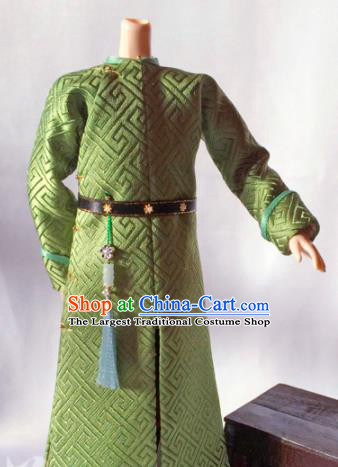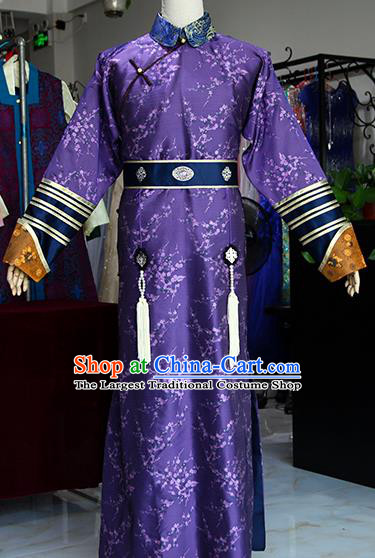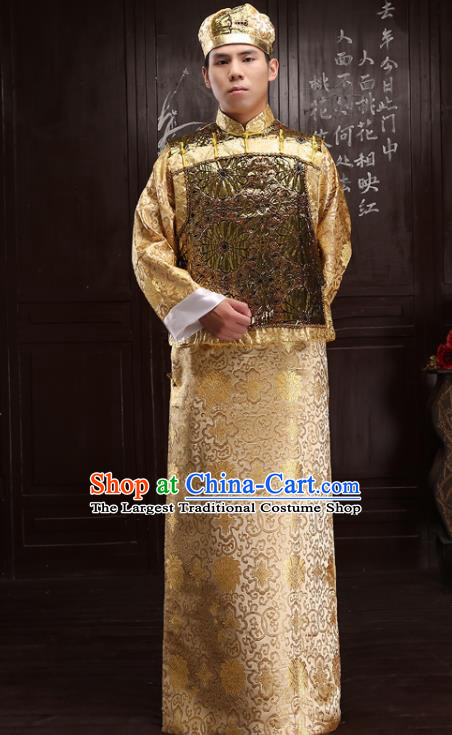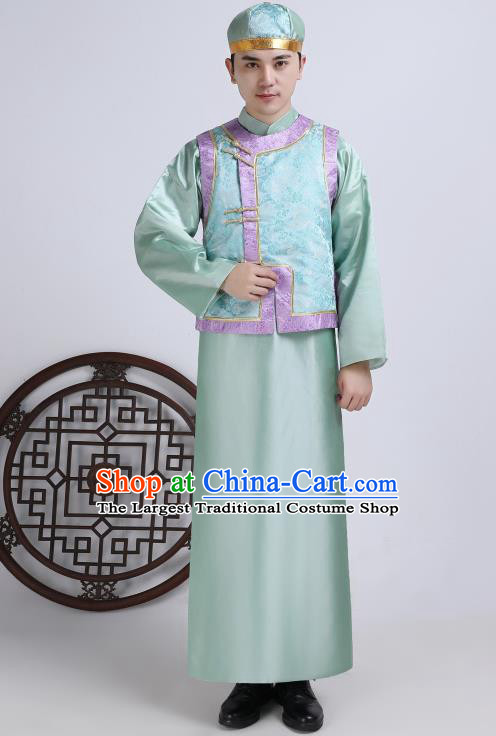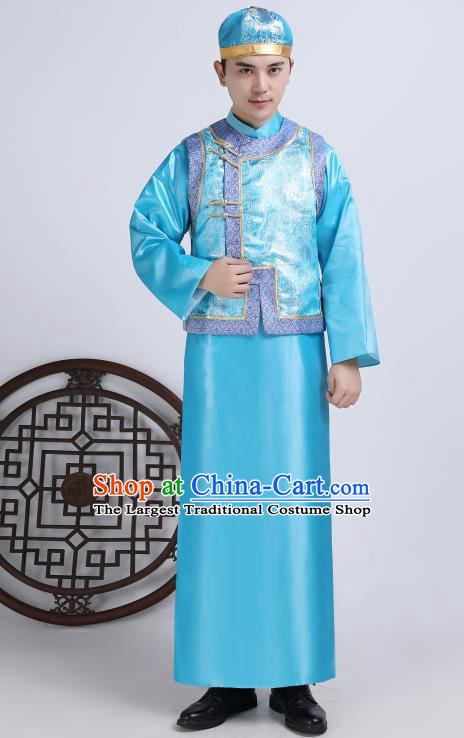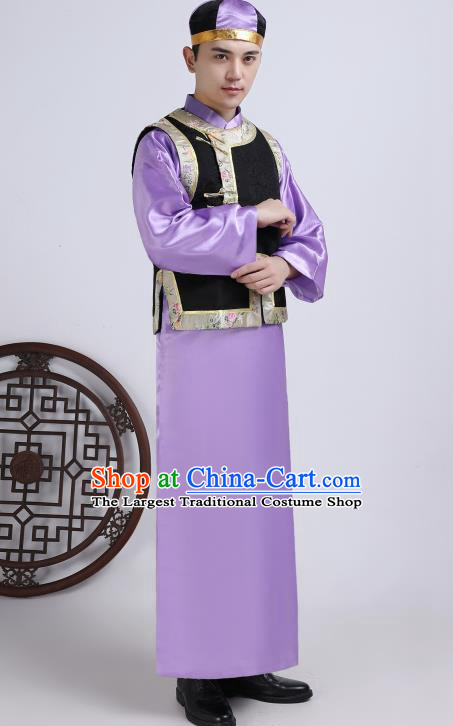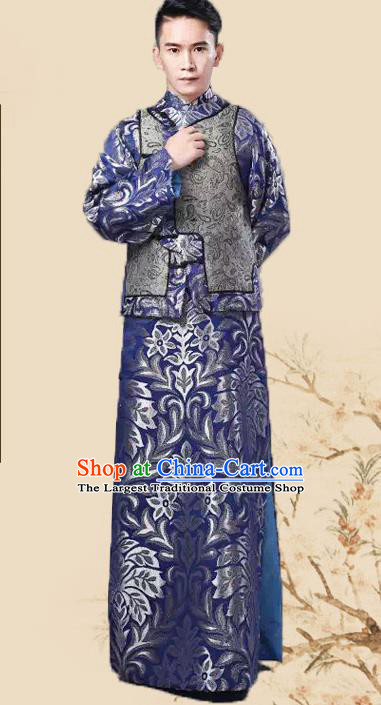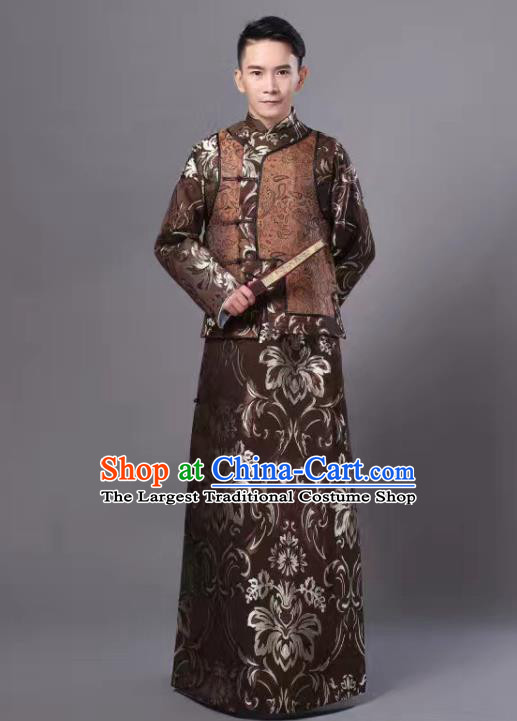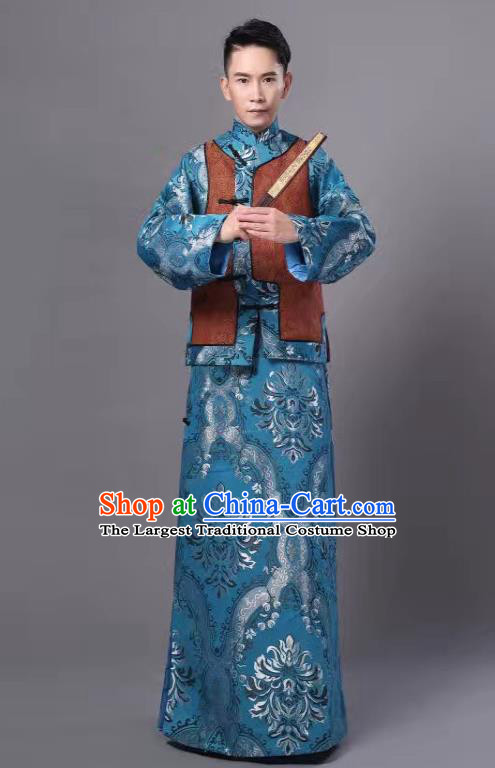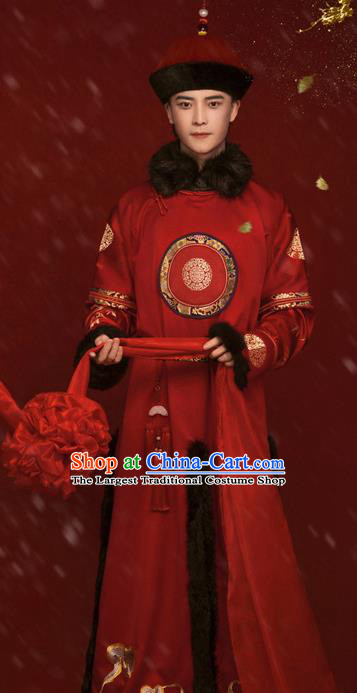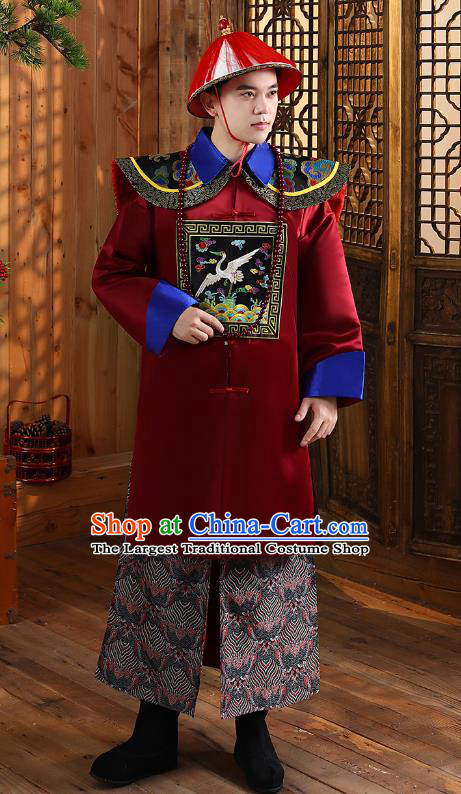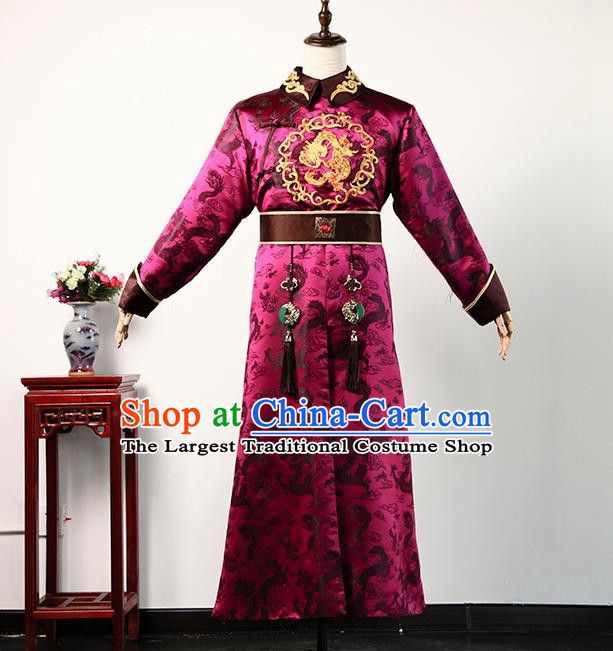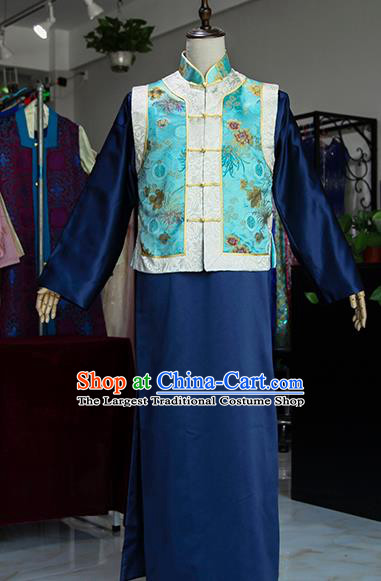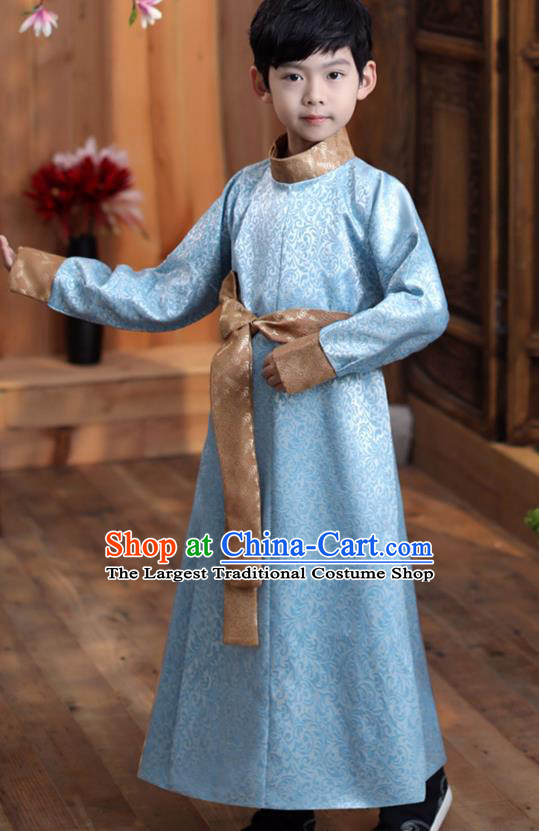
Click Related Pictures for More Audios:
This artwork is a shoulder ornament of a Qing Dynasty prince, which showcases the essence and historical significance of traditional Chinese culture.
These ornaments are typically made of silk, gold and silver threads, and beads, featuring rich colors and exquisite craftsmanship.
They are not only decorative items but also represent the status and power of the royal family.
During the Qing Dynasty, these shoulder ornaments were used as accessories for royal members' costumes to display their noble status and wealth.
The design inspiration of this artwork comes from the dragon pattern in ancient Chinese culture.
The dragon is one of the important symbols in traditional Chinese culture, representing imperial power, authority, and auspiciousness.
By incorporating the dragon pattern into the shoulder ornament, artists express their respect and reverence for the royal family.
In addition, this artwork also uses elements such as golden threads and blue beads, adding to its opulence and delicacy.
From an artistic perspective, this artwork demonstrates the superb skills and creativity of traditional Chinese craftsmanship.
Its production process requires meticulous handicraftsmen to perform intricate embroidery and weaving to ensure that every detail is flawless.
This craft not only requires skill and patience but also demands an understanding and love for traditional culture.
Therefore, this artwork is not only a practical decorative item but also an artwork with historical significance and cultural value.
In conclusion, this Qing Dynasty prince's shoulder ornament is a piece of art full of historical significance and cultural connotations.
It showcases elements such as the dragon pattern, golden threads, and blue beads in traditional Chinese culture, as well as the superb skills and creativity of traditional craftsmanship.
By appreciating this artwork, we can better understand the charm and value of traditional Chinese culture.
